Changzhou Ruiyun Vehicle Parts Co., Ltd.-OEM factory for automotive and motorcycle parts
Recent Posts
MZ Motorcycle History
Release time:
Nov 21,2023
MZ Motorrad is a German motorcycle manufacturer located in Zschopau, Saxony. The acronym MZ since 1956 stands for Motorenwerke Zschopau GmbH.
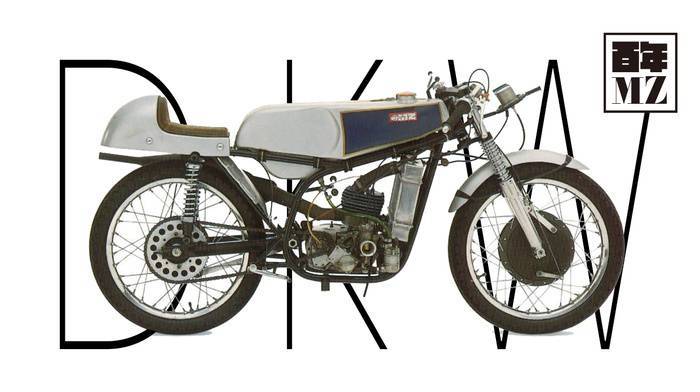
It underwent two renames and countless heavy blows, and by 2002, MZ had undergone a significant turning point, showcasing its brand new image to the world.
- 1906 Jørgen Skafte Rasmussen (Denmark) buys an empty cloth factory in Zschopau
- 1907 , registered his new machinery manufacturing factory and named it "Rasmussen&Ernst" producing engines for bicycles, motor-assisted bicycle,
- 1912 Change "Rasmussen&Ernst" to J.S. Rasmussen Joborg Machinery Manufacturing Factory
- 1917 Rasmussen invents the steam-powered car (Dampf-Kraft-Wagen), also known by its trademark DKW
- 1920 Release of the 2-stroke engines for motorcycles
- 1922 The first motorbike named “Reichsfahrtmodell”
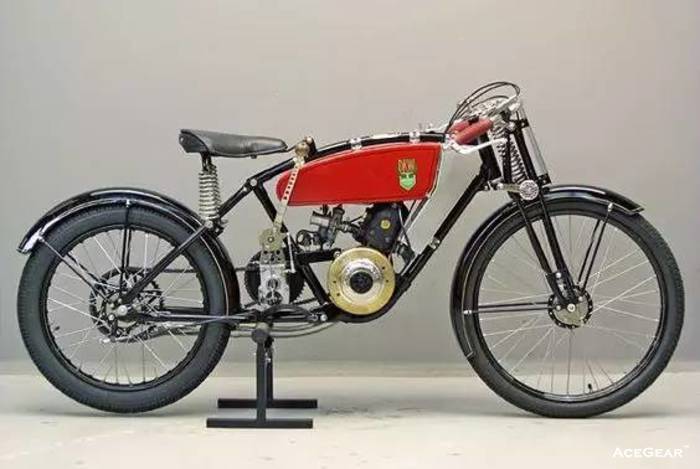
- 1923 Company is renamed DKW
- 1924 DKW buys Slaby-Beringer
- 1927 Company starts racing activities
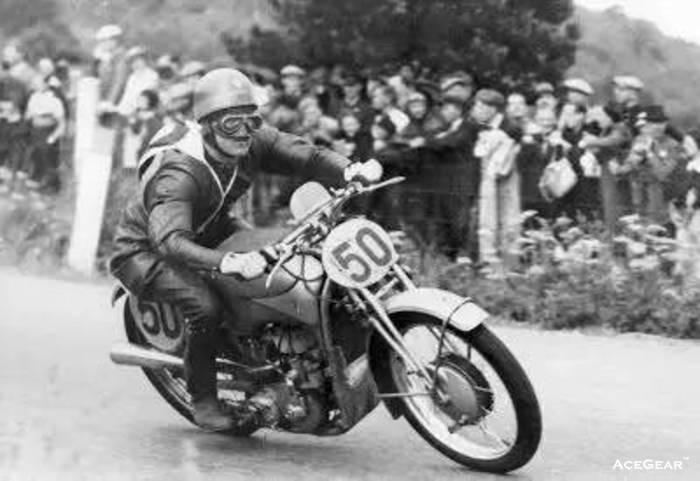
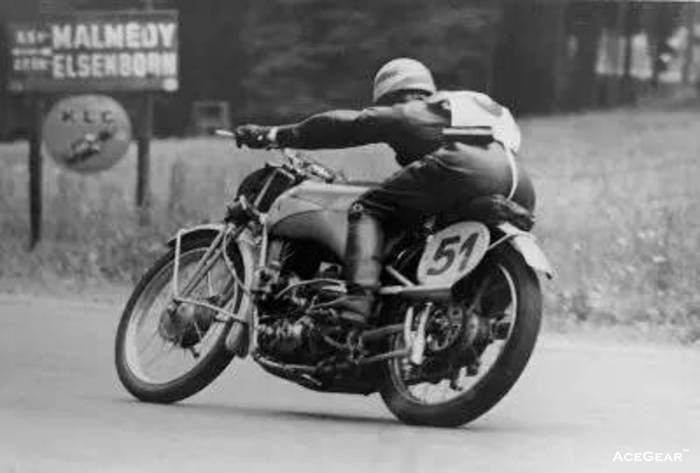
- 1928 DKW takes over the Audi factory at Zwickau
- 1929 60,000 motorcycles leave the Zschopau factory, and DKW is the largest motorcycle manufacturer in the world
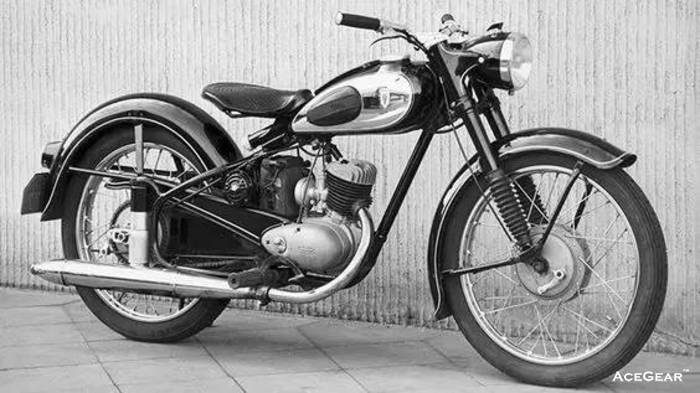
- 1931 Introduction of DKW small cars
- 1932 The Auto Union is formed from Audi, Horch, Wanderer and DKW
- 1939 RT 125 is developed
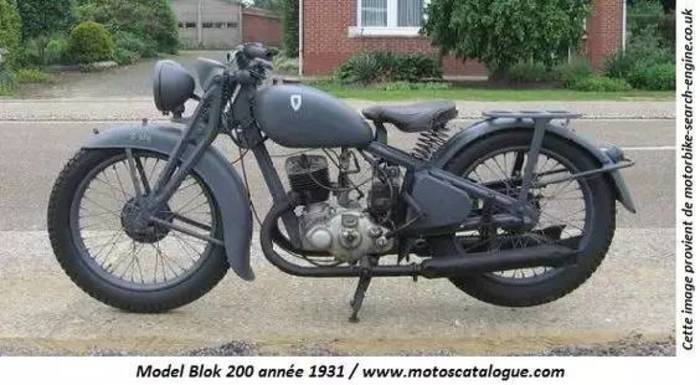
- 1948 Now owned by the East German state, company is renamed Industrieverband Fahrzeugbau (IFA), a Communist-controlled umbrella foundation.
- 1949 Auto Union (and therefore, DKW) officially moves to Ingolstadt, Bavaria in West Germany.
- 1950 The Zschopau works begin production of the RT 125 model, developed before the war, under the trademark IFA (Industrieverband Fahrzeugbau). This model had become patent-free after World War II as part of war reparations[3] and was further developed in Britain (BSA Bantam), USA (Harley-Davidson Hummer), Russia (M-1A Moskva), Japan, Italy and West Germany.
- 1952 The BK350 appears, the first two-stroke shaft drive.
- 1956 The works is now called VEB Motorradwerk Zschopau, or MZ for short.[1]

- 1962 Manufacture of the ES 125/ES 150 begins. This was the first motorcycle with an asymmetric low beam headlight pattern.
- 1970 The millionth motorcycle rolls off the conveyor belt, an MZ ETS 250 Trophy Sport
- 1972 MZ takes over manufacture of sidecars from Stoye.
- 1983 The two millionth motorcycle rolls off the conveyor belt, this time an MZ ETZ 250. With disc brakes (drum brakes remained an option) and 12-volt electrics the MZ had reached the modern standard in motorcycle design.

- 1989 MZ ceases manufacture of sidecars.
- 1990 MZ is privatised on 18 December.
- 1993 MZ enters receivership, and the ETZ patent is sold to the Turkish firm Kanuni, which continued producing models 251 and 301. The MuZ company is formed from the remnant.
- 1996 MuZ is bought by the Malaysian corporation Hong Leong Group
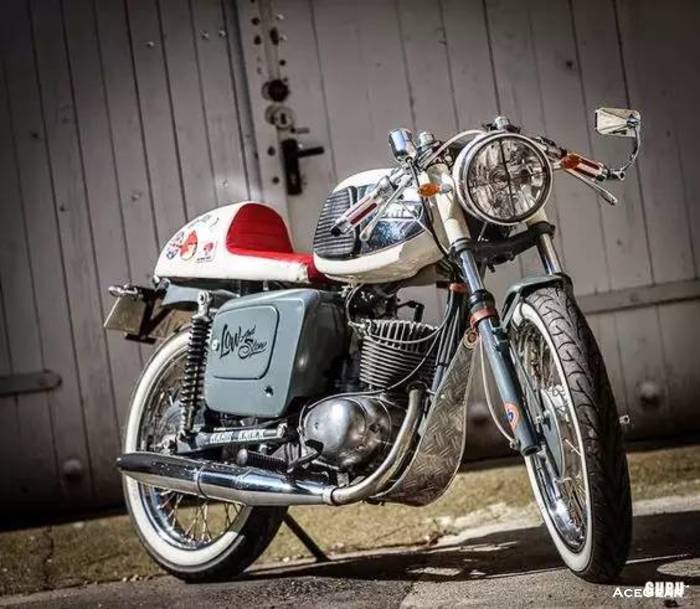
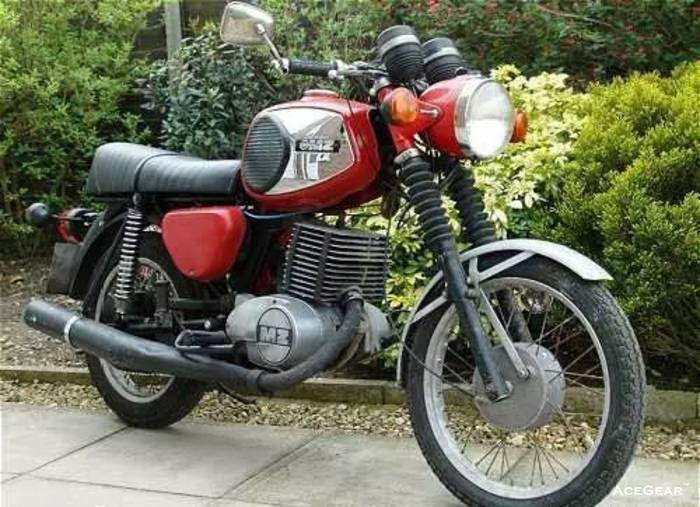


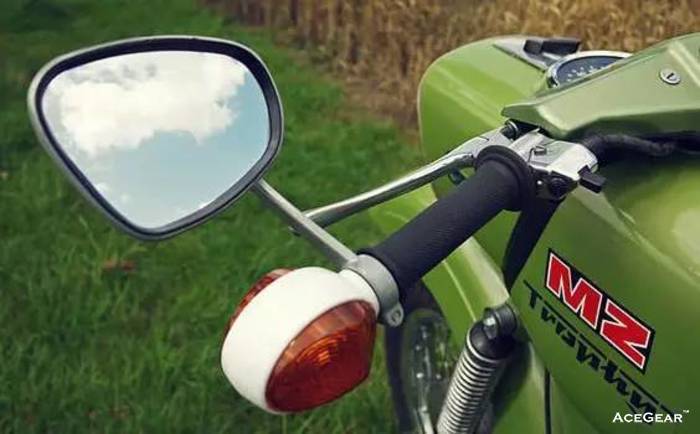
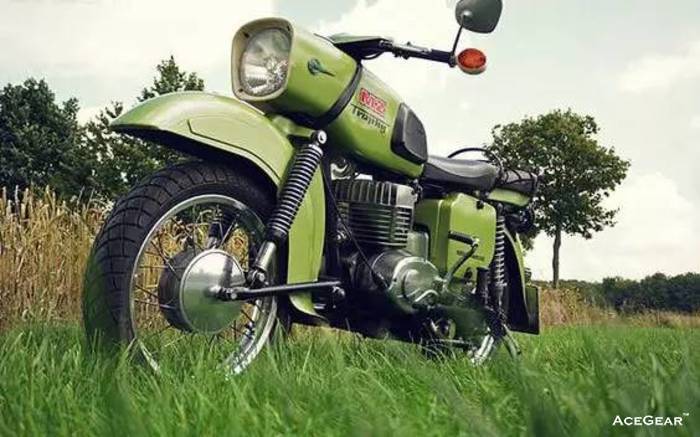
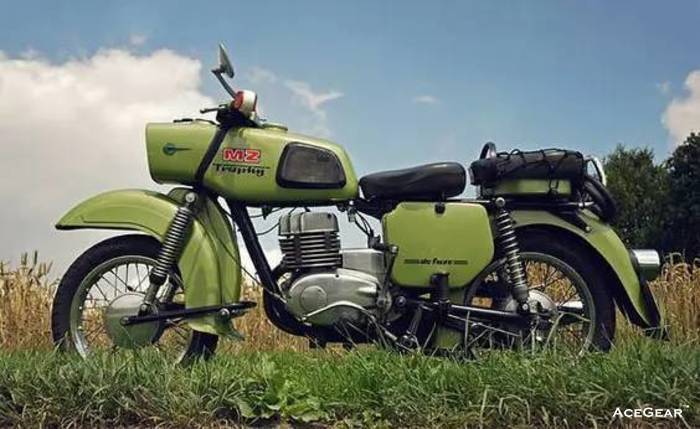
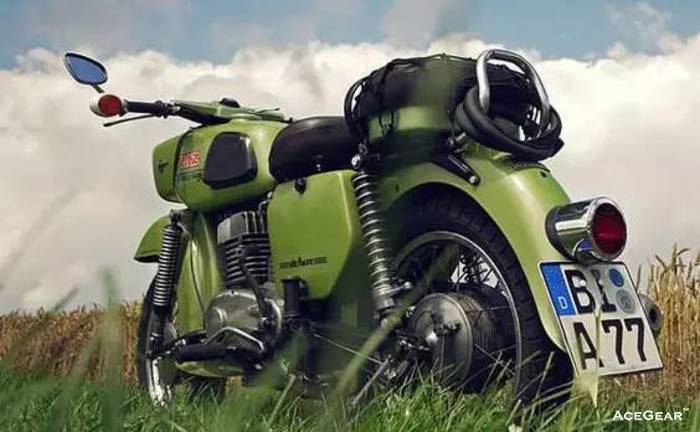
- 1999 The u is dropped from the name MuZ.
- 2008 – On 9 June, Motor Cycle News reports that MZ is to cease operations at the end of 2008 because the company's Malaysian backers had withdrawn their financial support after years of continuing losses.
- 2008 – On 12 December, the MZ factory in Zschopau closes,halting motorcycle production that had lasted 88 years in the same town. The old 'East German' factory had become a night club, called MZWerk in 1992. the production had moved to Hohndorf since 1995.
- 2009 – Former Grand Prix stars Ralf Waldmann and Martin Wimmer together with his wife Dr. Martina Häger buy the MZ motorcycle brand and found Motorenwerke Zschopau GmbH. The asset deal goes through on 23 March 2009 for a reported four million euros. The cash is put up Dr. Martina Häger 90% and Ralf Waldmann 10%. The new board consists of Martin Wimmer, Dr Martina Häger, Ralph Waldmann, Helmut Lichtenberg and Otto Elbers. Wimmer takes the role of MZ Managing Director. As the company's financing for starting a production is not yet secured, the State of Saxony through the Minister of Finance, Prof. Dr. Georg Unland, commits to a local state bank guarantee in August 2009. The business plan consisted of building bicycles, 125 cc (7.6 cu in) motorcycles as well as developing block heating cogeneration stations of different sizes. There were plans for the firm to produce a 600 cc (37 cu in) road bike based on the Moto2 GP project bike.
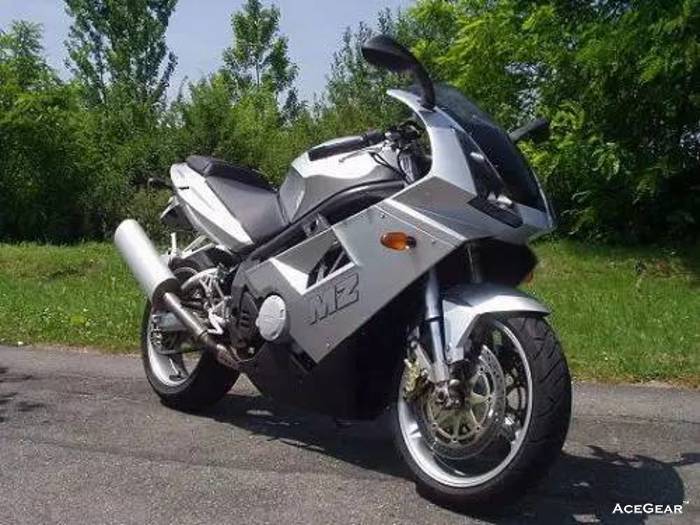
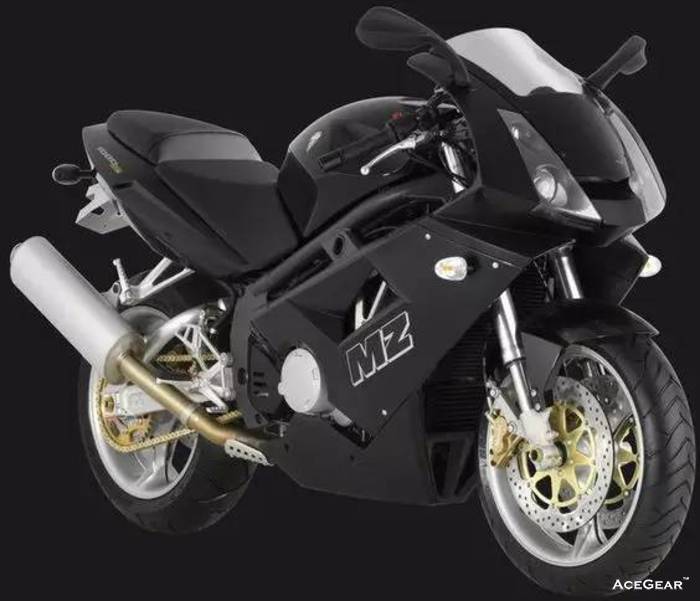
- 2011 – It took two years until the local state bank guarantee was handed out in connection with the financing bank, Merkur Bank of Munich, Germany. Also investor Peter Ertel, a company shareholder since 2010, pays out Dr. Martina Häger and Ralf Waldmann in July 2011. He becomes the main shareholder of Motorenwerke Zschopau GmbH.
- 2012 – In February 2012, the company struggled as two customers don't pay their bills totalling 530,000 euros. In addition, the company Clean Mobile AG, Munich, a supplier for the electric drive units of the E-bike production has to declare insolvency. One of the customers of MZ also does not pay his bills with them. The complete production of E-bike comes to a stop. In August 2012, MZ CEO Wimmer gets a loan offer from Merkur Bank based on the company's cash deposit at the bank. He had found a new investor to overcome the company's difficulties and needed to bridge the time until the investment could be closed. Unforseeably, beginning of September 2012, Merkur Bank withdrew their loan offer. According to German law, Wimmer was forced to file for insolvency proceedings on September 7, 2012. This was despite the fact that the company had enough assets to continue business. At a meeting held on September 21, 2012, including all creditors and employees, Wimmer gets their consent and extension agreements to continue to run the company, only Merkur Bank wanted to have an internal meeting on September 24, 2012, before their decision. In the afternoon of September 24, 2012 they withdrew their support. On September 28, 2012, insolvency lawyer Junker gets appointed and thus Wimmer gets detracted to run the company. Nevertheless, he convinces Junker to have Motorenwerke Zschopau GmbH present all their products on the world's biggest motorcycle show, Intermot in Cologne starting on October 2. Everything had been prepared including the launch of the world's first motorcycle with a variable valvelift and valve timing cylinder head, the MZ RT 125. Motorcycle News reported the revolutionary engine.After the show, starting October 6, 2012, Wimmer tries to save the company by finding investors to get rid of Junker. In a letter to the Merkur Bank dated October 12 the funds deposited are requested to be paid out. Merkur Bank withheld the funds and refused to pay them out. On November 5, 2012, the insolvency proceedings became irrevocable by a court decision. On November 19, 2012, Merkur Bank now do pay out the funds requested before, but meanwhile they own all assets of Motorenwerke Zschopau GmbH as they had been given as guarantee for their bank credits.
keywords
Contact Us
No. 5, West Hebei Road, Nanxiashu Street, Wujin District, Changzhou City, Jiangsu Province, China
Product Center
At present, our products include vehicle lighting fixtures, such as headlights, taillights, turn signals, reflectors etc.
Follow us


